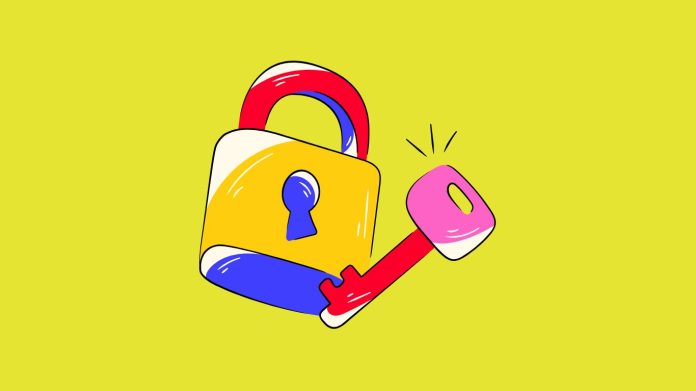Google is taking a significant step in the realm of online security by making passkeys as default sign-in option for personal Google Accounts. This means that when users sign in to their Google Accounts, they will now be prompted to create and utilize a passkey as their primary authentication method.
This move towards passkeys is designed to enhance security and convenience for users. Passkeys offer a more robust and phishing-resistant alternative to traditional passwords. Users will have the option to use biometrics, PINs, or physical security keys for authentication, making it more difficult for unauthorized individuals to access their accounts.
As we all know, many other apps are using this method, but Google is now trying to make their users more comfortable using their services.
In previous blog post, proton also has a secure password manager proton pass.
Google wrote on a blog post “This means the next time you sign in to your account, you’ll start seeing prompts to create and use passkeys, simplifying your future sign-ins,”
it will prompt on, as you can see in the image when you log in to your Google account.
It’s user choice to skip Passkey or use it. If you use it, you don’t need to remember the password.
One key advantage of passkeys, is their two-part structure. With one part residing on the server and the other securely stored on the user’s device, passkeys provide a robust and multi-layered approach to authentication. This makes it exceptionally difficult for hackers to gain unauthorized access to an account, even if there is a breach on the server side.
However, Google is also mindful of user preferences and is providing an opt-out option for those who wish to continue using passwords. This approach ensures that users have the flexibility to choose the authentication method that best suits their needs and preferences.
Overall, Google’s decision to make passkeys the default sign-in option is a significant advancement in online security. It aligns with the industry’s push towards passwordless authentication and gives users the choice to embrace a more secure and user-friendly way of accessing their accounts, while still respecting their autonomy to opt out and stick with traditional passwords if they prefer.

